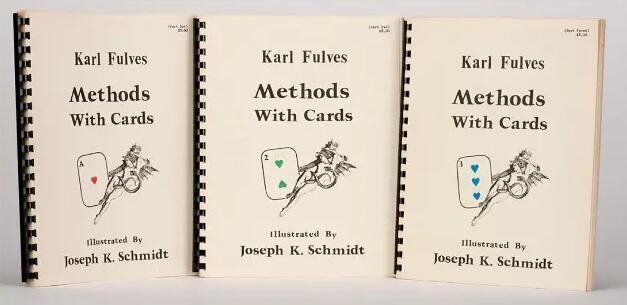An interesting approach to the classic - Bank Night effect, from the first of hopeful more Helen Anderson downloads!
A brief History Lesson - The history of Magic and Gambling has always been important to me. Why do we do an effect, who did it first and what do we add to an effect that makes it worth doing.
When I look at old paintings or photographs I mostly look at the people. How did they look like 300 years ago, their faces, their clothes. How would the scene look today?
As a Gambler who does magic too, one of my favorites paintings is the one you are looking at right now. Its from Hieronymus Bosch. The name of the painting is The Conjurer.
Before I tell you when its painted I want you to look at the picture from a Gamblers or Magician view. If the people on the picture would have worn
modern clothes, this could be a modern hustle in the streets of Rome, Berlin or San Francisco. It could be a Magician on AGT or someone who tries to fool Penn and Teller. Let me tell you something: « This picture is painted 1502 or 1505!» Cups and Balls in the Middle Ages!
People have always been attracted to gambling. I claim that cheating is as old as gambling too. Harry Houdini once said that no one could be considered a accomplished Magician until he (or she) has mastered the cups and balls. The stoic philosopher Seneca ( died AD 65 ) was the first who wrote about Roman conjurers performing cups and balls as far back as two thousands years ago. The Sceptic Reginald Scot exposed cups and balls in his book, «The Discoverie of Witchcraft» in 1584. It contains a small section intended to show how the public was fooled by charlatans, which is considered the first published materiel on illusionary or stage magic. His volume became an encyclopedia about ....








